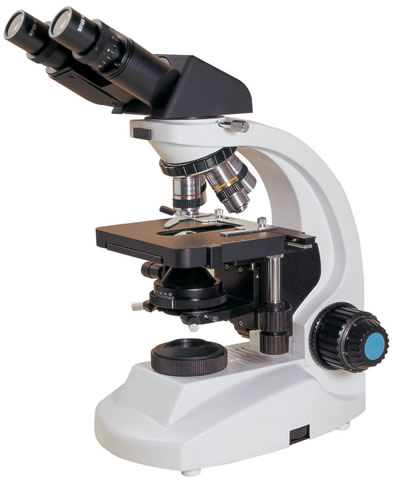A great thing about getting stuck into insects is that you don’t really need any kit, at least, not to get started. Insect hunting isn’t like golf; there’s no need to have “all the gear and no idea”. However, once you get going you’ll probably want to invest in a few things to help you get more out of your insect encounters.
Probably the most important thing to get is a good field guidebook. Michael Chinery’s Complete British Insects (Collins) should be the first book you go for but remember, this is a usefully sized field guide so inevitably its coverage cannot be even close to complete. Nonetheless, it covers many of the common species, all of the main families and has some great text and keys to support the pictures.
A few clear plastic pots are a useful thing to have too. It’s amazing how many insects can be caught “by hand” and having them contained in transparent pot makes life much easier. Life gets even easier with a decent hand lens. 10 times magnification is a good choice and it’ll make a great Christmas gift.
At some point you might want to get involved with nets and other traditional entomological paraphernalia, but don’t rush into it. Your eyes are your best piece of equipment, which reminds me, a very useful but often overlooked piece of equipment in the bug hunter’s bag is a pair of binoculars. A good pair will allow you a much closer look at flying insects, especially those (like dragonflies and butterflies) with a tendency to flit off whenever you get close.

By the way, inevitably, all this “looking closer” will lead you down the path of desiring a binocular microscope. Be warned, desire can quickly lead to obsession…
